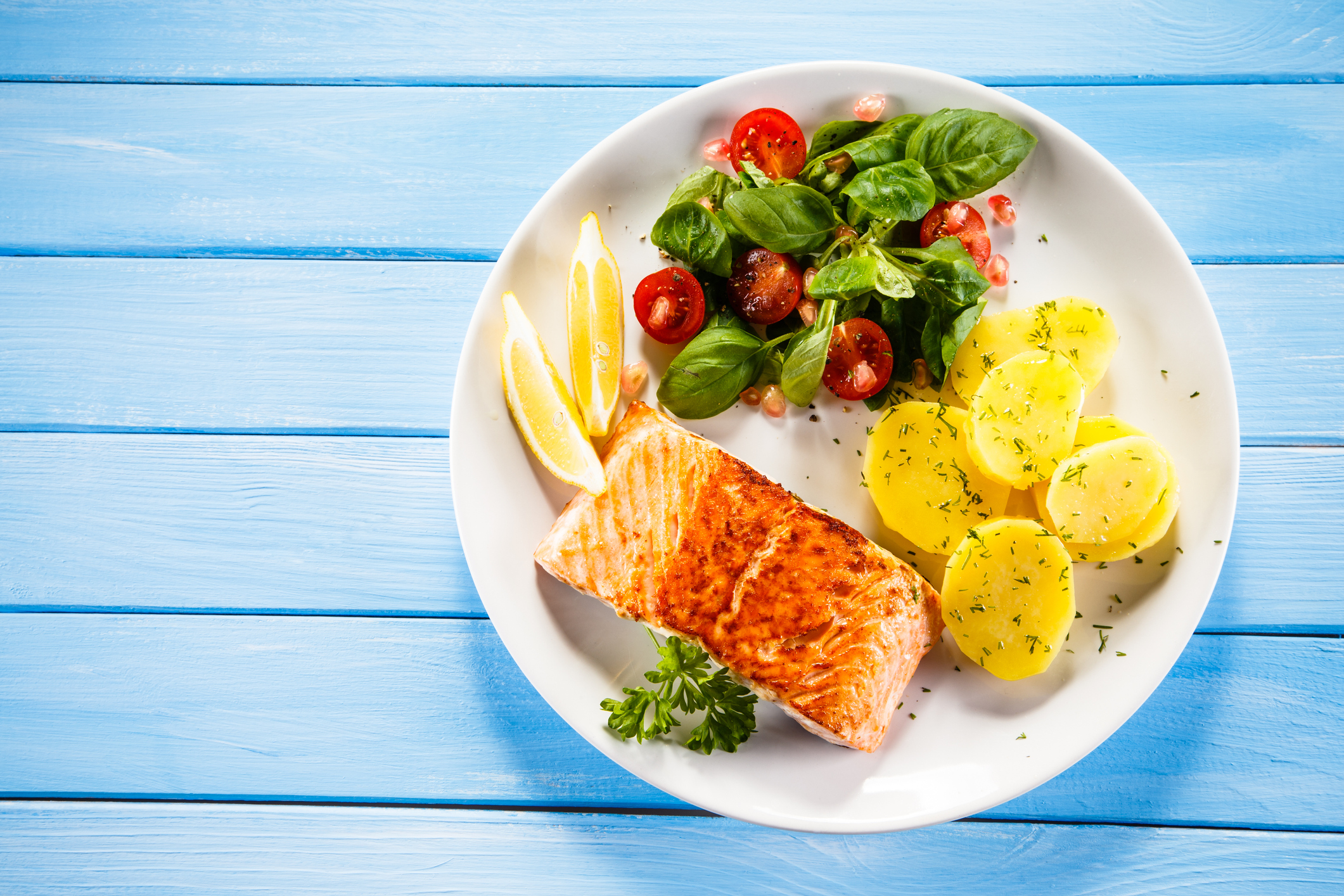Portion Control: Your Guide to Healthy Portions
SEP 09, 2024If your goal is either weight maintenance or weight loss, portion control can be a valuable tool to help you eat healthy.
Read More1. Eat 5-6 small meals per day
Each of these meals should range from 200 to 400 high volume low calorie foods. Eating small frequent meals throughout the day allows our bodies to better utilize the foods we eat and prevents storage of excess calories.
If you fast all day, then eat 1-2 large meals your body thinks you are starving. During this 'starvation' time, your body puts a halt on your basal metabolic rate and essentially drastically slows your metabolism. Now, after this starvation time, you begin to gorge on whatever you can find — sometimes adding to 1,000 + calories. When this happens your body will use the calories needed for basic functioning and store the rest. By storage, I mean stored as fat. Our worst enemy.
2. Eat High Volume Low Calorie Foods
You want to get the "biggest bang for your buck " — the most volume for the lowest amount of calories. Why, you ask? The average size of a full stomach is 1-2 liters. You need to fill this space and stretch the nerves in order for your stomach to send signals to the brain that the stomach is expanding and you are full. These types of foods include very lean proteins, high fiber whole grains, fresh or frozen fruits and veggies. If needed, the veggies may be topped with herbs or a low calorie dressing or sauce (less than 15 calories per tbs.)
3. Water, Water, Water
About 61 percent of an average person's body weight is made up of water. Water also makes up roughly 80 percent of the body's blood and 90 percent of the brain. Water is vital for optimal functioning of the human body. When consuming at least 64-96 ounces per day the human body will:
4. Cut Out the Junk
Essentially, I am saying cut the excessive junk. By junk, I mean calorically dense foods (low volume foods with high calories).
Not to mention whole meals at local restaurants that accumulates as much as 2,000 - 3,000 calories per one meal! YIKES!! Not good for the waist line. And you already know what happens if you "save your calories" for this one meal. Just think, for two handfuls of M&M's you would have to run at a decent pace for about 40 minutes!
5. Exercise
Our bodies are machines. Similar to why cars need gas, our bodies run on the blood sugar or blood glucose. When we exercise enough to 'eat up' our supply of blood sugar, our bodies release hormones that tell our fat cells to release fat into our bloodstream. The fat circulates to our muscles that need it for fuel, and we end up with less fat on our bodies and a leaner physique.

If your goal is either weight maintenance or weight loss, portion control can be a valuable tool to help you eat healthy.
Read More
Keep yourself energized with healthy foods so you can feel your best all summer long.
Read More
Smart grocery shopping is an important part of eating healthy. One of the simplest places to start is by creating a menu for yourself so you know what to buy.
Read MoreWhen you need local health information from a trusted source, turn to the CHI Health Better You eNewsletter.